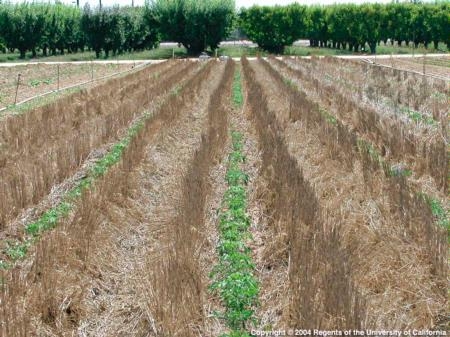
Posts Tagged: human health
Surviving in Agriculture workshop to be held on September 28, 2012

The University of California Cooperative Extension in Ventura County in conjunction with the USDA's Risk Management Agency will conduct presentations and simulations on managing risk for farm operations.
The prepaid cost (by Friday September 21) is $20 per farm/ranch couple. After September 21 the cost will be $25. The registration fee includes lunch and instructional materials.
For more information go directly to the registration webpage.
UC’s Spanish News and Information Service wesite
UC ANR’s Spanish News Service website brings Agriculture and Natural Resource information to California residents who are fluent, and more comfortable learning, in Spanish. This is a vital service for all Californians as many of the issues and challenges we face together can only be solved by all of us working together.
This highly organized, visually appealing, and easy to navigate site provides a great deal of information on many important topics. The information can be accessed by audio, video, articles, and blogs.
Topics include:
- Invasive species
- Water quality
- Nutrition and fitness
- Child development
- Preventing obesity and overweight
- Reducing the risk of diabetes
- Natural resources
- Recovering from a natural disaster
- Integrated Pest Management (IPM)
- Preventing and recovering from wildfires
- Money management
- Gardening
- And much more
A similar site is available in English.
Yellowjackets and other social wasps
There are a large number of wasp species in California. Only a few species live a social life. Some of these wasps perform a great service by killing large numbers of plant-feeding insects and nuisance flies.
Left on their own, wasps are not a problem. They become a problem when they sting, or threaten to sting humans. Luckily there are steps to take to reduce the potential for interactions with these potential pests. UC ANR’s Yellowjackets and other social wasps publication can help.
Topics include:
- Identification and life cycle
- Injury or damage
- Management
National Coalition for Food-Safe Schools
Each school day millions of children eat at school. Meals can be brought from home, or prepared by staff on-site. All meals have the potential to cause a foodborne illness. The National Coalition for Food-Safe Schools (NCFSS) is a collection of organizations working together to improve food safety in U.S. schools.
From their website:
“The National Coalition for Food-Safe Schools (NCFSS) is an alliance of representatives from a variety of renowned national organizations, professional associations, and government agencies that have interest or active involvement in reducing foodborne illness in the U.S. by improving food safety in schools. NCFSS is a voluntary and informal working group that focuses specifically on improving food safety in U.S. schools through information sharing, networking, and strategic planning of activities.”
Their site has many free resources for administrators, team leaders, school nurses, Health Departments, school food service workers, teachers, families, and students work together to reduce the risk of foodborne illness.
California Agriculture – Spring 2012
The spring edition of California Agriculture has a varied collection of articles. You can read about solutions for nitrate in drinking water, protecting California forests form catastrophic fire, agricultural advances, and the history and legacy of the Morrill Act.
Articles include:
- No-tillage and high-residue practices reduce soil water evaporation
- Research and adoption of biotechnology strategies could improve California fruit and nut crops
- Regulatory status of transgrafted plants is unclear
- New quality index based on dry matter and acidity proposed for Hayward kiwifruit
- Honoring 150 years of accessible higher education
- For 150 years, UC science and agriculture transform California
- UC’s land-grant mission fuels nation’s growth, prosperity
- Report seeks solutions for nitrate in drinking water
- UC leads effort to protect California forests from catastrophic fire
- Conservation tillage achieves record acreage, yields




